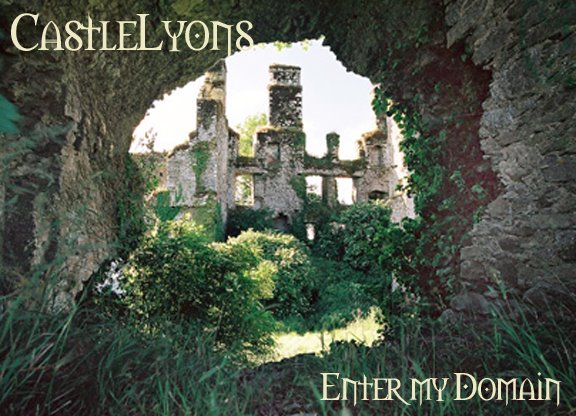Once you have chosen your emblems (aka “charges”), you can choose your colors. You’ll need a color for the shield (aka “field”) as well as for the emblems (charges). Here’s where some rules come into play.
Let’s start with the field. There are five official colors to choose from, two metals, and several furs. I’ve shown these below.
 NOTE: Purpure was not a common tincture since the pigment was difficult to create.
NOTE: Purpure was not a common tincture since the pigment was difficult to create.

There are more furs available, but these are the most common.
Many different patterns exist as well. Patterns can include any number of stripes (bars) going vertically, horizontally, or diagonally. These bars can appear patterned themselves, such as with scalloped edges. Patterns can also include checkered, gyron (a pinwheel pattern), waves, different styles of crosses, etc. I won’t put examples here since the variations are numerous, but you can find some examples on the links listed in Part 1.
IMPORTANT! When selecting your field color, you should NEVER put one color on top of another. You can only put a color on a metal, or a metal on a color. Note the Nicodemus coat of arms in Part 1. The vert color is placed on the Or metal, and vice versa. This is acceptable. (Note: The word Or is often capitalized just to keep from confusion.) On the escutcheon in the center, the argent metal is placed on the azure color.
You can place colors on furs, but you must contrast the color of your emblem with the primary color on the fur. In the Lyons coat of arms in Part 1, the gules label is placed on the ermine fur, whose primary color is argent. This is within the rules.
 The reason behind the color rules is that the image must be easily recognizable from a distance. The purpose of a coat of arms was, after all, to identify the bearer. A color on a color is difficult to discern from a distance. Same with metal on metal.
The reason behind the color rules is that the image must be easily recognizable from a distance. The purpose of a coat of arms was, after all, to identify the bearer. A color on a color is difficult to discern from a distance. Same with metal on metal.Emblems placed on furs or patterns should not be overly complicated or detailed, for the same reason. In the examples at left, you see: (1) an azure lion on an ermine field with a primary color of argent; (2) an argent lion on a patterned field with a primary color of sable; (3) an azure cross on a checkered field with a primary color of argent; and 4) three sable leopards on an ermine field with a primary color of argent. All of these are within the rules.
So go ahead and choose the colors of your charges and the colors or patterns of your field, and then we'll move on to the next step!









Oh, that's so cool!
ReplyDeleteHiya,
ReplyDeleteMy heraldry knowledge isn't great (maybe a 3-4 out of ten) so maybe there are more furs, but a few you're overlooking are counter vair, potent and counter potent.
Wikipedia has them on their Heraldry page: http://en.wikipedia.org/wiki/Heraldry
Looking forward to reading more thoughts on heraldry design.
--Joe
Thanks, Joe. I'm aware of the vast number of furs, as well as a myriad of patterns (bars, bends, pale, pile, chevrons, etc.). I was trying to keep my postings fairly short, so I merely stuck to a few of the basics. Hopefully anyone who's really interested will check out the links I've provided in order to see more options. Thanks for the additional link!
ReplyDelete